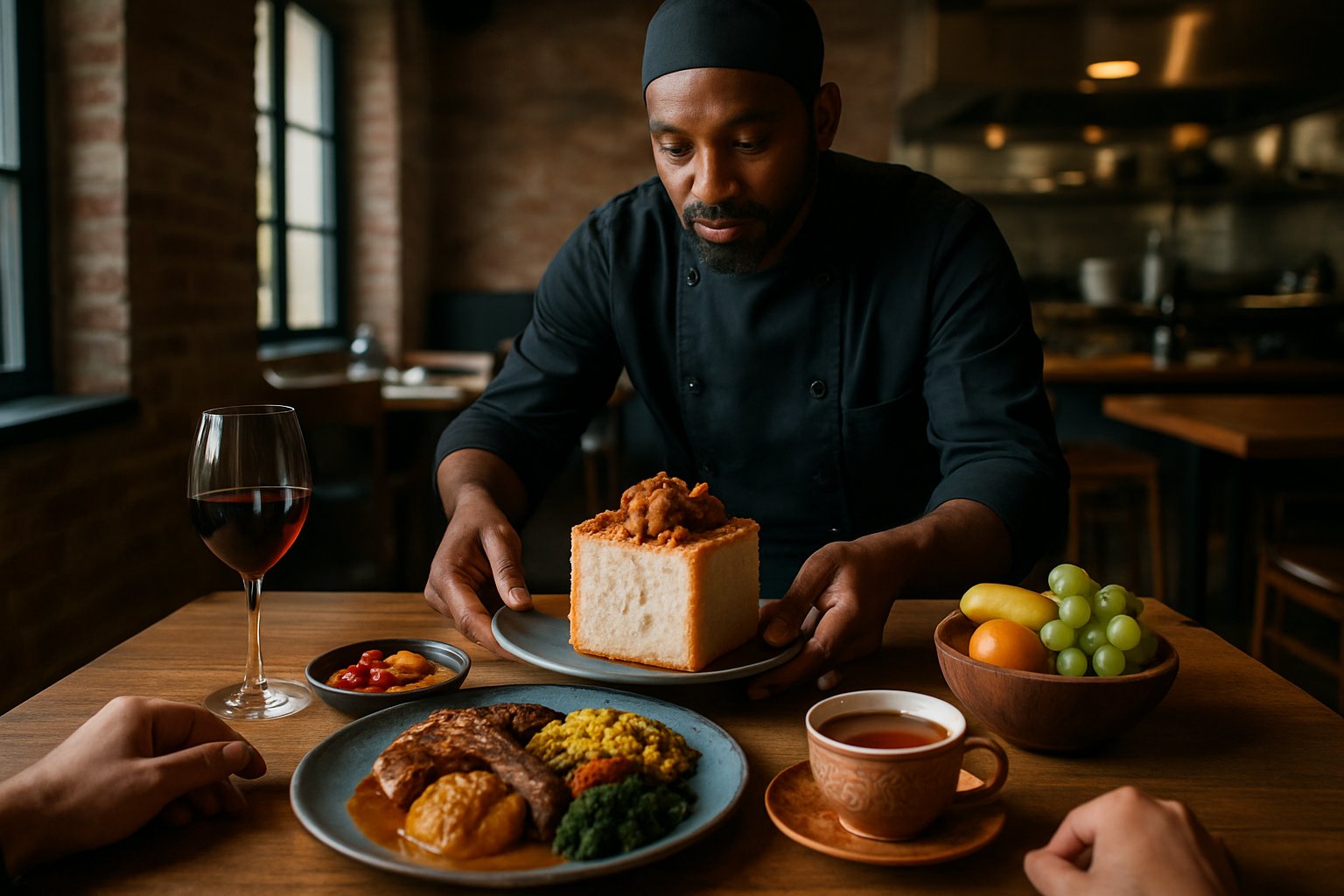Explore helpful tips on making refreshing appetizer dishes
Creating memorable appetizers doesn't require culinary school training or exotic ingredients. With the right techniques and ingredient combinations, anyone can prepare refreshing starters that impress guests and elevate any gathering. From simple preparation methods to creative presentation ideas, mastering the art of appetizer making opens up endless possibilities for entertaining and enjoying delicious food.

The foundation of exceptional appetizers lies in understanding how flavors, textures, and temperatures work together to create memorable first impressions. Whether hosting a casual get-together or formal dinner party, the right appetizers set the tone for the entire dining experience and create anticipation for what follows.
What makes easy ingredient combinations work?
Successful appetizer creation starts with understanding complementary flavors and textures. Fresh herbs paired with creamy cheeses create natural balance, while acidic elements like citrus or vinegar brighten rich components. Classic combinations include goat cheese with honey and walnuts, smoked salmon with cream cheese and capers, or fresh mozzarella with basil and tomatoes. The key lies in balancing salty, sweet, acidic, and umami elements within each bite. Temperature contrasts also add interest – warm brie with cool grapes, or chilled gazpacho shooters alongside warm flatbread crisps.
How do simple preparation techniques save time?
Efficient appetizer preparation focuses on make-ahead components and assembly-line techniques. Preparing bases like crostini, crackers, or pastry shells in advance allows for quick assembly before serving. Many spreads, dips, and marinades actually improve in flavor when made hours or even days ahead. Batch cooking techniques work well for items like meatballs, stuffed mushrooms, or pinwheels that can be prepared in large quantities. Using quality pre-made components like store-bought puff pastry or high-quality crackers saves time without sacrificing taste. The secret is identifying which elements can be prepared in advance and which require last-minute assembly for optimal freshness.
What are some creative serving ideas that impress?
Presentation transforms simple ingredients into elegant appetizers through thoughtful plating and serving vessels. Individual portions served in small glasses, spoons, or shot glasses create sophisticated presentations for soups, mousses, or layered dips. Edible vessels like cucumber cups, endive leaves, or hollowed cherry tomatoes provide natural containers while adding fresh flavors. Height and color variation create visual interest – stack ingredients vertically or arrange items with contrasting colors and textures. Garnishes should complement flavors while adding visual appeal; microgreens, edible flowers, or colorful herb oils can elevate simple preparations into restaurant-quality presentations.
Why are these perfect for any gathering?
Appetizers offer flexibility that main courses cannot match, adapting easily to different group sizes, dietary restrictions, and occasion formality. They encourage mingling and conversation while allowing hosts to gauge guest preferences before serving larger portions. Most appetizers can be scaled up or down without significant recipe modifications, making them ideal for both intimate gatherings and large parties. The variety possible with appetizers means something appeals to every palate – from adventurous eaters seeking bold flavors to those preferring familiar comfort foods. Additionally, appetizers allow experimentation with new ingredients or techniques without the pressure of creating an entire meal.
How do you create refreshing starters for every palate?
Refreshing appetizers incorporate elements that cleanse and awaken the palate rather than overwhelming it. Fresh fruits, vegetables, and herbs provide natural brightness, while light proteins like seafood or poultry avoid heaviness. Acidic components such as citrus juices, vinegars, or pickled vegetables add zing that stimulates appetite. Temperature plays a crucial role – chilled soups, frozen fruit preparations, or room-temperature salads feel refreshing compared to hot, heavy options. Incorporating water-rich ingredients like cucumber, watermelon, or tomatoes provides natural hydration and lightness. Balancing these elements ensures appetizers enhance rather than compete with the main course.
Conclusion
Mastering appetizer preparation combines understanding flavor principles with practical techniques that work for any skill level. Success comes from selecting quality ingredients, preparing components strategically, and presenting them thoughtfully. These foundational skills enable creative expression while ensuring consistent results that please diverse tastes and dietary needs. With practice, creating impressive appetizers becomes an enjoyable part of entertaining that brings people together around delicious food.


